News 4/12/12
Preliminary results from a New Jersey Patient-Centered Medical Home (PCMH) study indicate the model is resulting in improved quality measures and lower costs. Patients participating in the PCMH model had better HbA1c measures and higher rates of breast and cervical cancer screenings. Costs per member were 10% lower than non-participants and lower rates for ER visits, hospital admissions, and hospital readmissions.
Entrada and NextGen partner to integrate Entrada’s clinical documentation technology with NextGen Ambulatory EHR and PM.
MZI Healthcare enters into a services agreement with Emdeon to offer Emdeon Payment Integrity Solutions and Emdeon Payment Management Solutions to users of MZI Healthcare’s EZ-CAP product.
Emdeon, by the way, reports Q4 revenue of $283.9 million, up 3% from a year ago. Net loss for the quarter was $70.8 million compared to the previous year’s net income of $15 million. Emdeon, which went private last year, says the loss was “primarily due to costs and expenses, including increased interest expense.”
Culicchia Neurological Clinic (LA) selects SRS EHR and Patient Portal for its 17 providers.
GE Healthcare IT announces the availability of Centricity EDI Services 5.4, GE’s eligibility, claim, and remittance clearinghouse. The new release includes support for HIPAA 5010 and stronger analytics.
Practice Fusion announces new functionality for its EHR, including enhanced navigation, clinical messaging, prescription eligibility and formulary information, and tools to delete signed documents. Hmm…I thought it wasn’t a good idea to delete signed documents in an EHR.
Kareo launches a Resource Center that includes webinars, white papers, and educational videos.

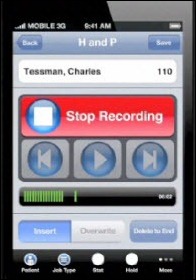

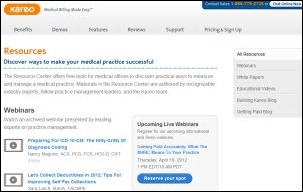

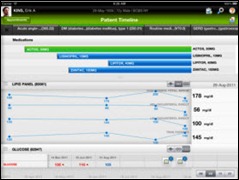

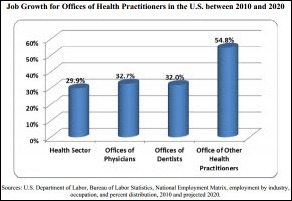
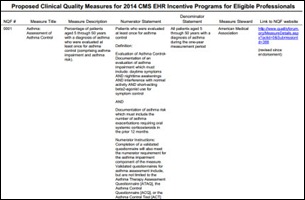




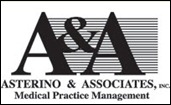




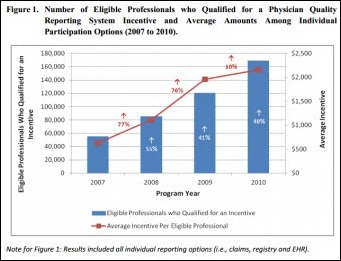

The article about Pediatric Associates in CA has a nugget with a potentially outsized impact: the implication that VFC vaccines…